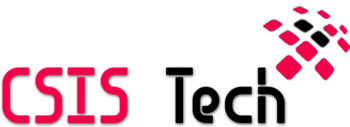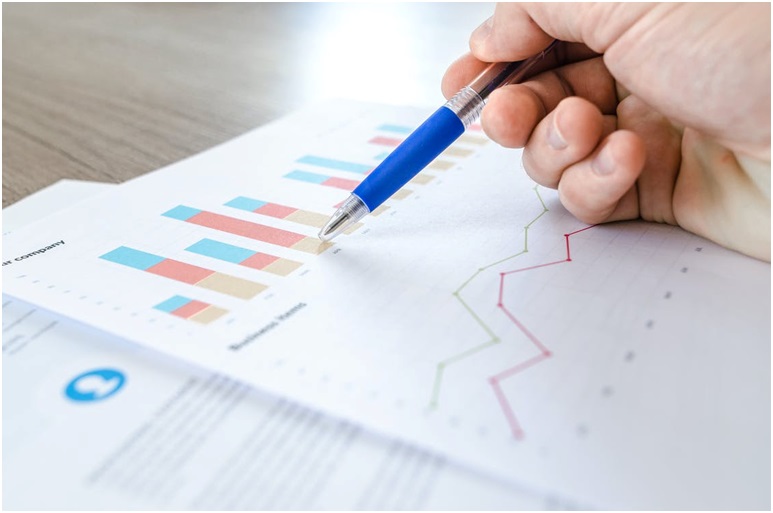How Does Iot Platform Function?


Different types of hardware and different connectivity options (as you could read in the previous section) need a way to work together, and that is what IoT platforms are all about. Different hardware, different connectivity options and the need to bring it all together. More expensive and time-consuming than the process of hiring a software developer or building everything yourself, you can use IoT platforms to get everything up and running faster and more cheaply.
The goal of an IoT platform is to provide your application with generic functionality so you can focus on building features that distinguish your product and add value to your customers. Cloud and on-premise applications enable IoT platform components to control the code base, enriching raw materials and data with customized logic. Instead of adopting undifferentiated functionality, IoT platforms can help reduce development risk and costs and speed up the time to market of your products.
Access control systems for identity verification and authorization management of platform-related elements, including APIs for administrators and operators to interface with devices, users and organizations, and to store and transfer data to and from other platforms and services.
The Device Management Platform focuses on supporting routine tasks to ensure that devices are connected and secure. It provides status updates, change notifications, firmware updates, security updates and reports. This is the platform that provides users with connectivity with the hardware, software and data stored on the device.
An IoT platform is a set of cloud-based or on-premises software components that orchestrate the transfer of data between IoT devices and IoT applications and allow people at the application level to interact with IoT systems. Specific features and capabilities to look out for include IoT device management, device data visualization, connectivity integration, IoT analytics and software updates. Managed digital ocean Connect IoT platforms focus on building capabilities and enhancing functionality through public cloud services and O & M. “s technical capabilities.
At a high level, an Internet of Things ( IoT) platform supports software that connects edge access points, data networks and other parts of the value chain to end-user applications. An IoT platform is also referred to as a middleware function, software that bridges hardware and application levels.
An IoT platform is the adhesive that brings together data from sensors, devices, networks and software to unlock valuable and actionable data together. It takes over the day-to-day management of tasks and data visualization and allows users to automate their environments. The Internet of Things (IoT) does not work without software, which includes middleware known as the IoT and IoT cloud platforms.
Key features of an IoT platform include data management and analysis, application development, interoperability, device management and security. An IoT platform facilitates the scalable deployment of IoT sensors by providing a platform for managing and analyzing its IoT devices and data. IoT platforms are middleware that integrate with applications and hardware to create an environment for data analysis.
The Microsoft Azure IoT platform consists of a set of services that allow users to interact with and receive data with their IoT devices, perform various operations on data such as multi-dimensional analysis, transformation and aggregation and visualize the data in a way that suits the company. The complete stack of platforms providing these services includes connectivity, protocol interoperability, data structure interoperability and device management, device firmware and software upgrade management, rule engine, action engine, ticketing management, data visualization and analysis, multiple application accounts, application templates, application reuse and duplication, user management, dashboard creation, customization, reporting, external interfaces, security and data storage.
An IoT platform is designed to provide applications for monitoring, managing and controlling connected devices (Exhibit 1). A platform is helpful because it abstracts many common functions into a specific application logic. It is also designed to support many small applications and programs that solve business problems.
Internet of Things platforms solve the problem of connecting and extracting data from a variety of endpoints in uncomfortable places with spotty connectivity. Advanced platforms for the Internet of Things enable the scalability of the endpoints and clients required to deliver maximum performance and device connectivity at all costs.
Lorawan specifications consume less power than most networks, corresponding to that Lorawan sensors can maintain a longer battery life compared to other IoT devices. Lorawan supports an extended battery life of up to one year before the user needs to charge or replace the battery.
LORA-based devices can operate on one battery for up to ten years, while 5G devices can last for several hours. As LPWAN supplies power to its batteries, the devices “batteries can be used for both 4G and 5G.
The IoT apps, which enable limited IoT functionality, are sufficient for basic IoT scenarios. They connect devices, sensors and cloud monitors to collect data and provide IoT projects and visualizations. These criteria for an IoT platform are indispensable for developers who want to adapt the functionality of the device and its application or to develop additional modules on the contrary.
Collaboration with carriers brings new challenges, including the added complexity of connecting IoT devices to mobile networks, maintaining partnerships with mobile operators around the world, and ensuring that your products work securely.
If you are contracted to multiple carriers, IoT platforms for connectivity provide a single interface to deploy, monitor and manage your devices around the world. Your job is to manage connectivity between your devices and your cloud platform for many mobile operators and other specialized carriers such as Sigfox. IoT platforms connect different components to ensure an uninterrupted flow of communication between devices.
Along the entire value chain, there are numerous technologies that help to collect, move and interpret data based on your needs. Logistically, a platform is a toolbox for managing your remote devices, managing data movement, managing context, processing and visualization.
IoT depends on the correct synthesis of technical fields that vary from mechanics, electrics, and software to name a few. IoT platforms help companies address technical challenges without recruiting salary managers of engineers in different areas of the IoT for one or two projects that need to be developed separately. Sometimes the essential performance definition of an IoT platform is a platform rather than a platform approach to support your business project in a broader IoT deployment context. An IoT system is a system of networks, devices, software and applications that an organization has expertise in.
If you start from scratch, you may be able to select a platform that includes device management, network management, and application support. However, if you build different platforms or try to combine them to manage IoT, the platforms may overlap, making integration more difficult.
As a community developer in the early days of DIY IoT and an adopter with a technological background, you will see the associated device connectivity management and data management (of course M2M communication between connected devices for data transfer, wireless connectivity such as cellular options, etc. ), but the device / cloud / device / cloud aspect itself is underemphasized. This is because of the above historical reasons: IoT platforms for hobbyists, pure consumer solutions and applications are not included in our overview, and today’s platform landscape is too limited to simplify.
Lorawan is often a cloud-centered media accessibility Command protocol that acts to be a network layer protocol to handle conversation concerning LPWAN gateways, finish nodes and units along with a routing protocol preserved by Lora Alliance. It is usually liable for taking care of the frequency, details rate and performance of the equipment.











